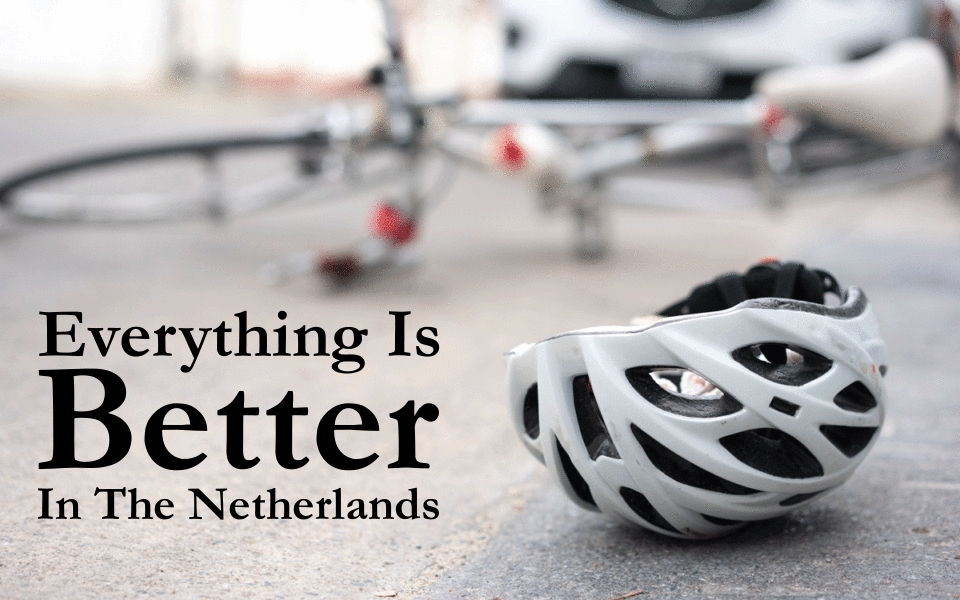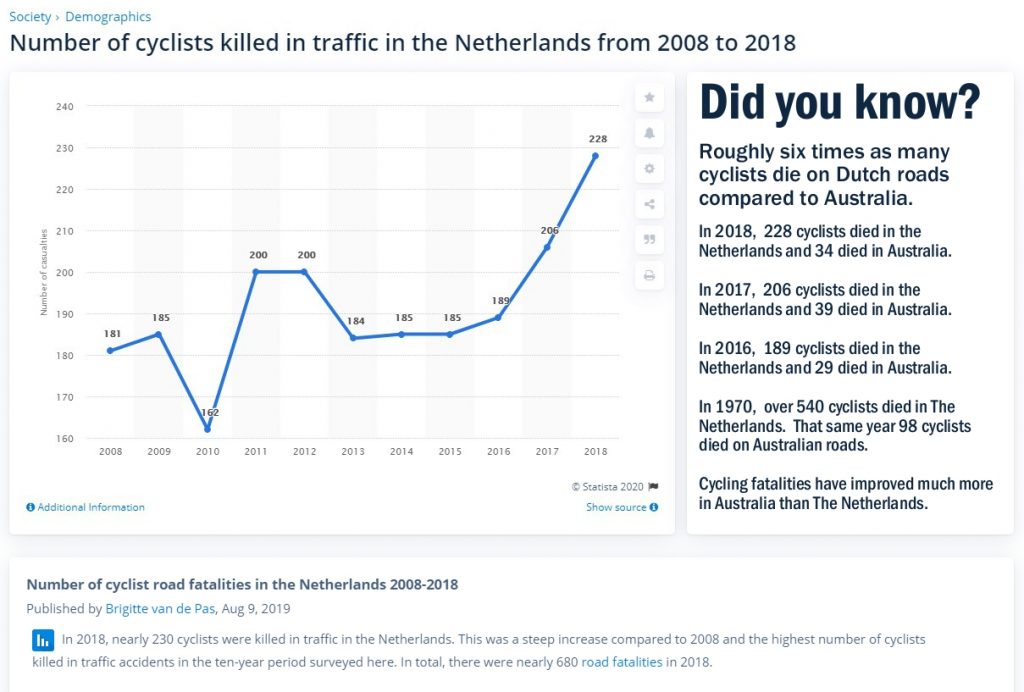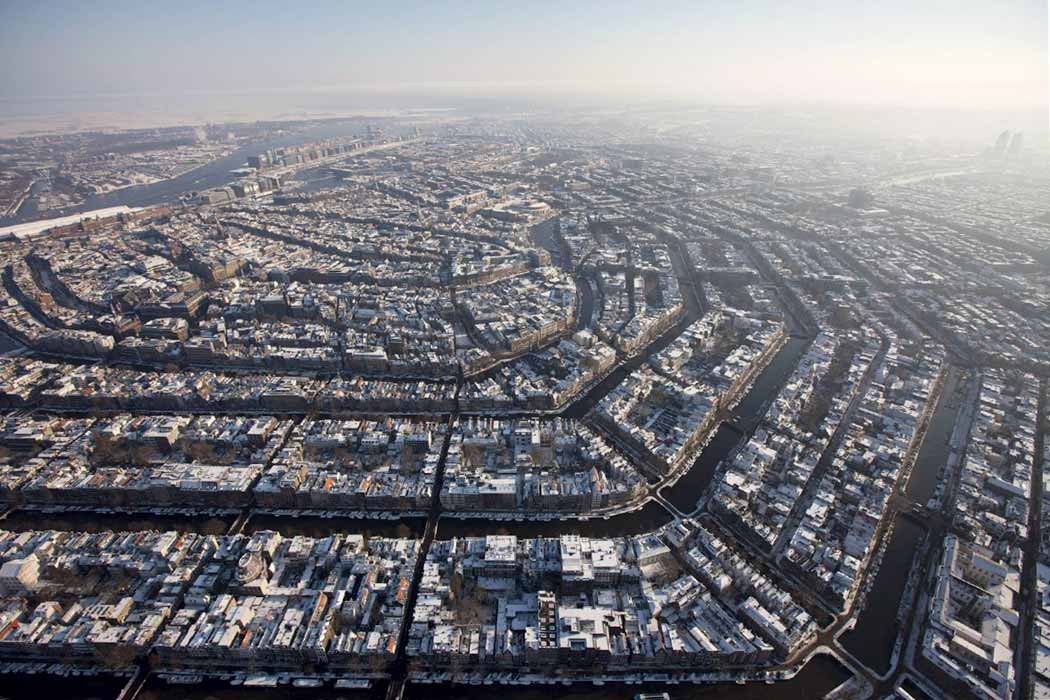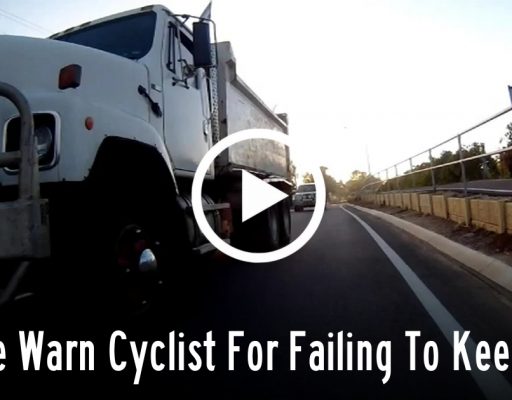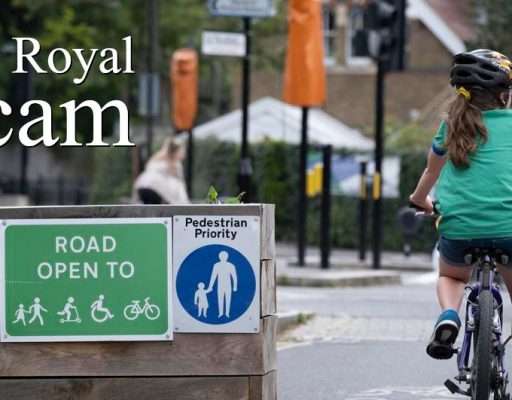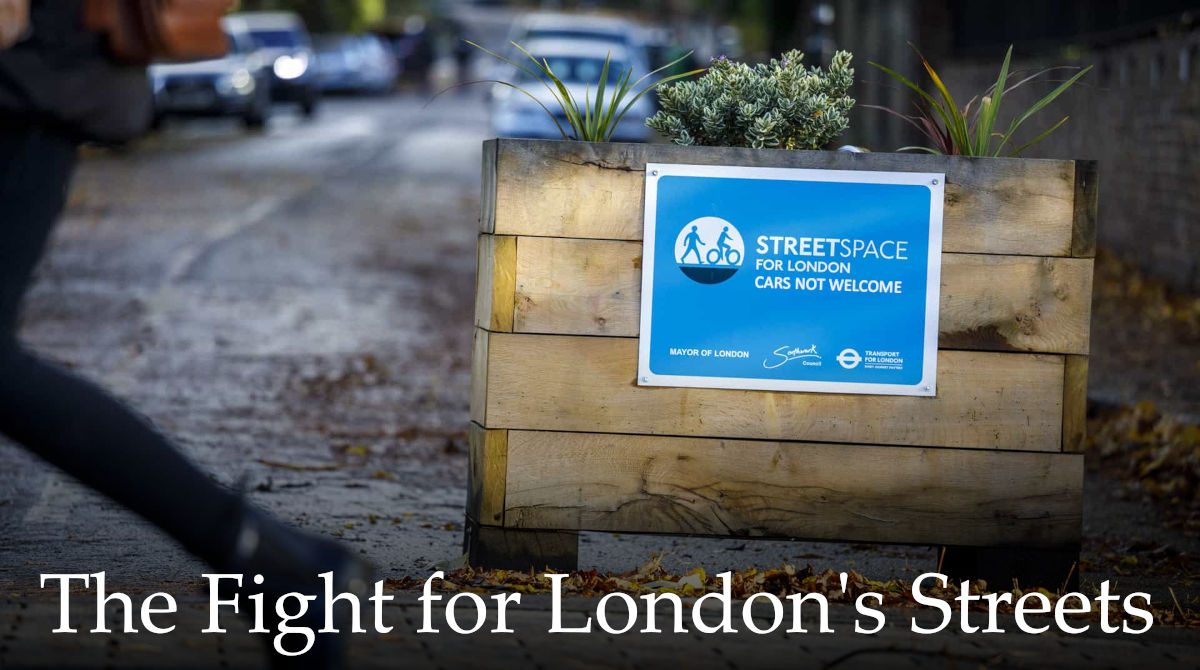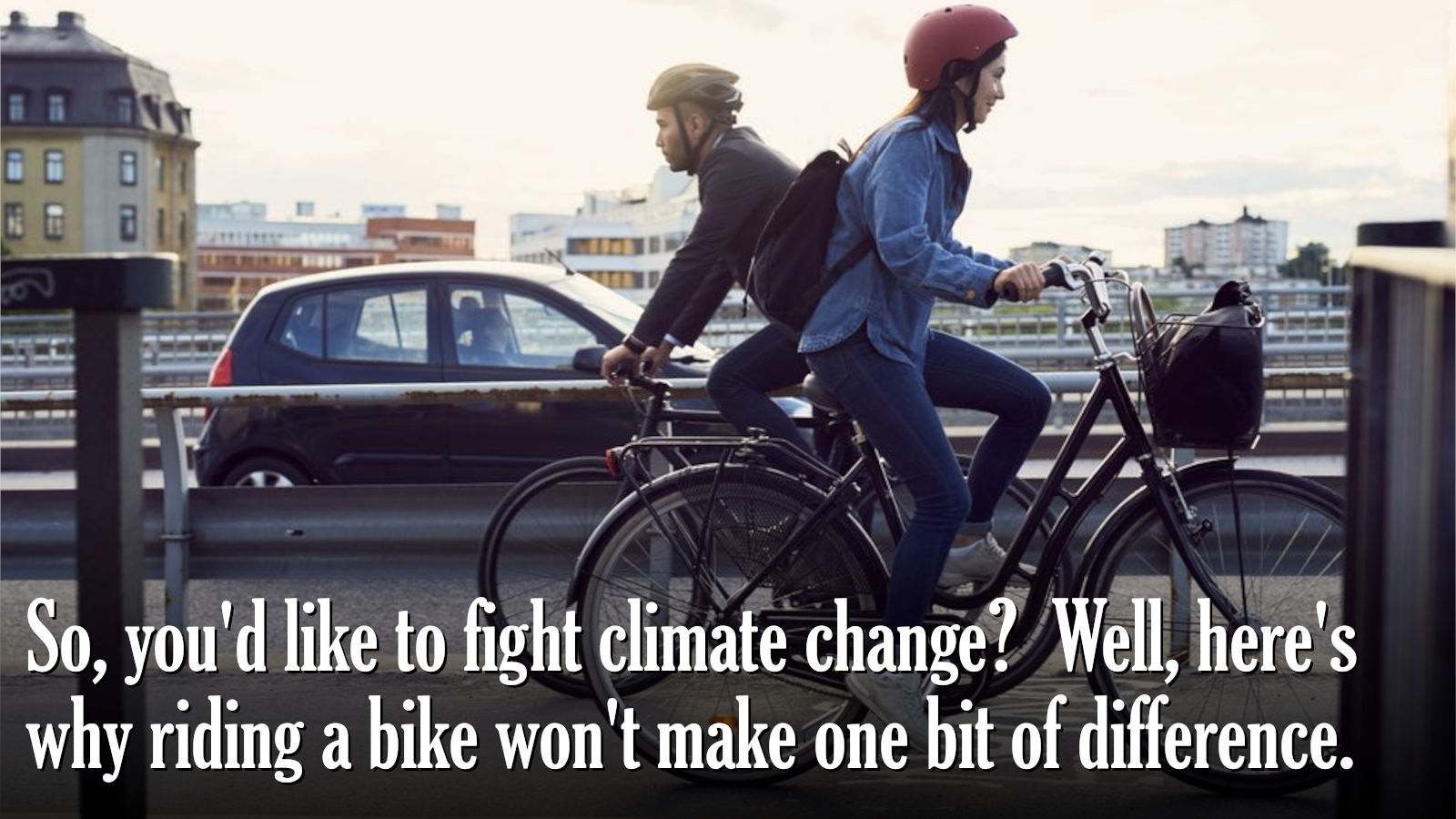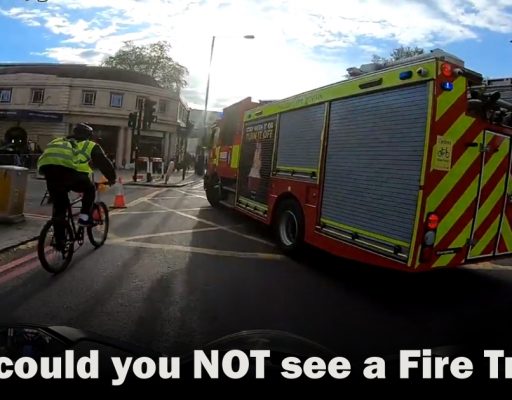Ahhh the Netherlands Myth. Ask any cycling advocate anywhere in the world and they’ll tell you it’s their Utopian dream. They want a magnificent separate road system just like they have in Holland. And not some rough bit of concrete sidewalk mind you. They want a separate road system built to the world’s highest standards, made from nice smooth hot mix asphalt. Just for them and no one else. No pedestrians allowed. And definitely no motor vehicles allowed.
But there’s a hitch. Cyclists in Australia and North America know they’re small in number. For example, in the 2016 Australian Census it was found 14.8 million people went to work that day, yet a mere 107,000 rode a bike to work. The ratios are the same in North America.
The cycling lobby knows a multi-billion separate road system in every major city is going to be hellishly expensive. So how they’re selling the idea is they’re promoting cycling as a solution to the congestion crisis. Look at The Netherlands they say. 35% of working adults in The Netherlands ride a bike to work, they say. We can do that here, please, give us funding!
In most cases, cyclists who buy into the Netherlands Myth have never even been there. They’re usually repeating fanciful rubbish to each other at coffee shops after a ride. To prove my point, consider all the things cycling advocates never mention regarding the Netherlands Myth.
They never mention how cold it is. They never mention how tiny the country is. They never mention the super dense tenement housing the Dutch live in. They never mention how flat it is. They never mention the lack of parking or the costs of car ownership. When you buy into the Netherlands Myth all you can see are people on bikes…. not WHY they’re on bikes.
Cycling advocates love to wax lyrical about how many people ride bikes in The Netherlands. What they don't like to tell you is how many Dutch cyclists die each year. And the vast majority of those deaths don't involve a motor vehicle.
The Netherlands Myth says everything is better in The Netherlands. The women are better. The drugs are better. The flowers are better. The pets are better. Everything is better, and do you know why? They ride bikes. Lots and lots of bikes. The problem is the data paints a different story. Cycling advocates get very touchy when you start bringing up data they don’t like to hear. You’re undermining their core belief system. And that makes you a hater.
But the data is what the data is. So let’s start looking at the data regarding road cycling deaths.
The Population of The Netherlands
The Netherlands is one of the most densely populated countries in the world. 17.4 million people live in The Netherlands. The nation is tiny. The footprint of The Netherlands is roughly one sixth that of the Australian state of Victoria. You can fit 17 Netherlands into the state of Texas.
The Population of Australia
25.3 million people live in Australia. Space is a highly loved commodity in Australia. You can stretch your arms out in Australia, secure in the knowledge you’re not going to hit someone.
Cycling Fatalities in The Netherlands
Cycling fatalities in The Netherlands, relative to Australia, are off the dial. Any way you analyse the data, either in outright numbers or in per capita terms, the Dutch kill themselves on push bikes in prodigious numbers. In outright terms the Dutch are 6 times worse than Australia every year. On a per capita basis they’re roughly 12 times worse every single year.
Cycling Fatalities in Australia
Cycling fatalities in Australia are minuscule compared to The Netherlands. Cycling advocates don’t like anyone who dares bring this up. Here are some apples vs apples comparisons between The Netherlands and Australia.
2016: 189 vs 29
2017: 206 vs 37
2018: 228 vs 34
1970: 540 vs 98
To be fair, I don’t ride a bike to work myself because I love living in the semi-rural outskirts of Melbourne. But every morning when I drive into town for work I look at all the other people in cars and I think to myself “You fools! You should be riding bikes. Just like they do in Holland! Didn’t you get the memo?” LOL
30% of Dutch households don't own a car. Why? The cost of ownership is the highest in Europe. For example, parking permits are insanely expensive, averaging out at 660 euros a month. Assuming you even have space in front of your home.
When cyclists praise the virtues of the Netherlands, they love showing idyllic images of windmills and tulips everywhere, full of smiling families riding pushbikes without a care in the world. In reality the major cities in The Netherlands are where the 90% of the population lives. And they’re old cities too.
Amsterdam and Utrecht date back to the 1600s. The majority of their streets are extremely narrow, which means parking is unbelievably scarce and expensive, assuming you can even buy a permit. New parking permits are no longer being issued.
Cyclists are quick to scoff at the “toxic car culture” which they say defines life in Australia, Canada, and the USA. But they fail to understand something. In Australia and North America the road system IS the mass transit system.
In the 1920s Australians and North Americans entered into a contract with their respective governments in which the State would build roads and highways, and the citizenry would pay for their own transport devices. It was the fastest and most efficient way for cities and regional towns to expand and inter-connect.
The “car culture“ which cyclists so love to hate is precisely the ingredient which allowed Australians and North Americans to create the wide open spacious lifestyles they enjoy today.
All too often cycling advocates ignore the ingredients required for the Netherlands Myth to be a viable alternative. They think they can cherry pick the best parts about cycling in The Netherlands without acknowledging the price that comes with it.
So here’s the entry price, the bare minimum price. For the Netherlands Myth to work, first you have to create population centers which are excruciatingly dense; next you have to build train systems which can carry at least 40% of the population to and from work; and finally you have to make car ownership so expensive and impractical people eventually choose bicycles instead.
Consider for a moment just how crowded life in Amsterdam actually is compared to an Australian or North American city. Sydney for example (Australia’s most crowded city) has a population density of 450 people per square km. Amsterdam on the other hand manages to cram 4,900 people into every single square km.
When you’re in Amsterdam, everywhere you look you’ll see 5 story walk up tenement buildings. It’s pointless owning a car in Amsterdam or Utrecht. Where do you park one, even if you own one? It’s only when you reach Amsterdam levels of population density it becomes feasible to build rail systems which work efficiently. In spread out cities which have a large foot print, rail systems are hugely expensive and tend to be cost ineffective.
Most reasonable people in Australia and North America look at that and think “Thanks but no thanks. That’s not the way I want to live.” Most reasonable people like space, they like suburban houses with back yards and pools and barbecue areas. But not cyclists who love to blather on about the Netherlands Myth. They think living in high density tenement housing and taking public transport everywhere is an excellent way to live. They’re convinced that’s the way everyone else should live too, even if they don’t want to. Why? Because everything is better in The Netherlands apparently.
Plus, The Netherlands is cold. For 10 months of the year, at the very least, you need a warm jacket or a blazer if you're an adult who rides a bike to work. For 3 months a year it gets so cold most people stop riding bikes completely.

So why is the heat an issue when it comes to large numbers of people riding to work on bikes? Essentially, if you’re trying to get large numbers of people to ditch cars and ride to work instead, heat is a barrier to entry. This is why cycling advocates constantly refer to “end of trip” facilities – which in simple terms means being able to shower when you get to work and put on those office clothes you packed in your back pack before you hit the pedals.
I used to ride a bike to work in London, so I know what I’m talking about here. There’s a process involved when you have an office job and you ride a bike over long distance to work. Each morning you first have to fold and pack your clothes and toiletries in a back pack. Next, you get dressed in your cycling clothes and you hit the road.
That process right there adds 15 minutes at least to the trip. When you arrive, you spend yet more time changing out of your cycling clothes and you have a shower and then put on your office clothes. That adds another 30 minutes to your trip. And that’s just in the morning. At the end of the day when it’s time to go home you have to do it again. It doesn’t take long for that to get very old.
In a hot climate, the need for “end of trip” facilities is an absolute must if you’re wanting people to ride bikes to work in large numbers. After all, the research is very clear…. once ambient temperatures go above 22 degrees Celsius (72F) people start to sweat when they ride a bike. Clearly, that makes riding to work in office clothes an impossible proposition for many people in hot climates. It’s just not realistic. Moreover, most small businesses don’t have “end of trip” facilities.
Conversely, in The Netherlands when most people are going to work in the morning? Even in summer it’s so cool people don’t sweat if they ride a bike, hence the heat is not a barrier to entry. They don’t need a change of clothes in a back pack. They don’t need a shower when they get to work. It’s flat, there are no hills. It’s disingenuous for cycling advocates to ignore this is when they try to promote cycling as a viable solution to traffic congestion. If you live in a hot country, the heat is the number one reason a Netherlands style “cycling superhighway” is a fantasy, and will always remain so.
In 2020 the COVID-19 pandemic attacked humanity around the globe. Around the world, the data consistently showed a very clear trend line in the locations were COVID-19 took it’s greatest toll. The common themes involved very cold climates, extremely high population densities, and a reliance upon public transport systems. All of which neatly summarises life in The Netherlands. This is why nations like The Netherlands were hit very hard by COVID-19.
